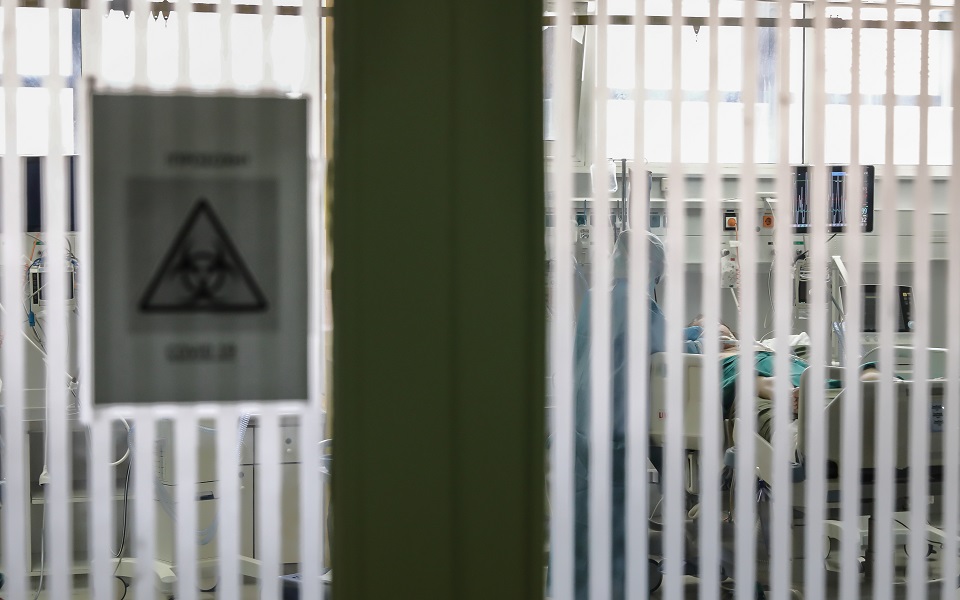Putting faces to the numbers

In May, The New York Times dedicated its entire front page and three more pages inside to the victims of the novel coronavirus. A thousand of the tens of thousands of victims of the pandemic were named, while the paper dedicated a few brief words to their work, hobbies, age and place of residence. In the online edition, you could also see their photographs, along with a brief biography. What kind of life did these people lead until it was prematurely and painfully ended by a virus that still remains very much of a mystery?
The tribute also included a piece stating the obvious: that the numbers alone cannot illustrate the impact of the pandemic in the United States. Similar initiatives also took place in some European countries.
Yet in Greece, the dead remain faceless numbers. With few exceptions (such as prominent figures like set designer Ioulia Stavridou, doctor and politician Dimitris Kremastinos and the founder of the Bioiatriki diagnostic chain Evangelos Spanos), almost all of the other victims are crammed into statistical data like: “We have x recorded deaths. The average age of the victims is 78 and 95% had an underlying illness and/or were aged over 70.”
And that’s about it. It is as if we want to rush through the unpleasant part, bury it and heave a sigh of relief. Most of them are elderly, so their demise seems almost natural, especially if they had previously been in a nursing home. Even the idea that the majority had an “underlying illness” is sort of comforting.
But, imagine how much different it would be if these people were given a face, a name, and identity. Then yes, we can imagine them being our parents or grandparents, as Professor Sotiris Tsiodras had said during one of his more memorable press conferences in the spring, with tears in his eyes.
Photographs help us make connections, make us think and feel more, put us on the alert. They may even help silence the various lunatics and deniers. Photographs ensure that the victims are no longer just numbers and percentages, devoid of emotional impact.
By depriving the public of the faces of the victims, we are also depriving them of a very important piece of information, one that is direct and indisputable.
Of course data protection laws prevent the publication of such details without consent from the victims’ families, but publicity in this case is not cheap or predatory; it is a way to show respect and say goodbye to people who are simply categorized as being “over the age of 70.”





